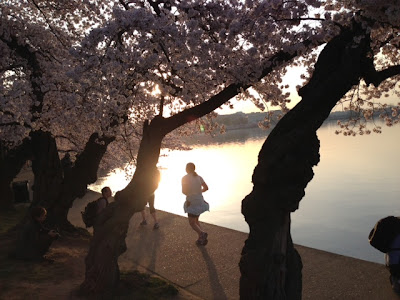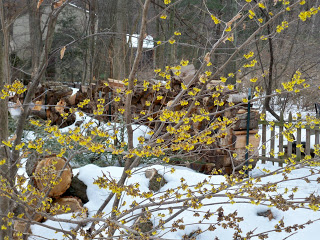White Violets
An oxymoron, I guess. A rarity, for sure.
Find a field of violets, and the ratio of white to purple will be roughly the same as this one.
But finding a field of violets isn’t easy. Too often the sweet flowers have been weeded or mulched or mowed into oblivion.
The owners of this house have the good sense to let their violets bloom free. (No, it’s not our yard — I wish our weeds were this attractive.) And they’ve been rewarded with the rare white variety. Not many of the flowers, just enough for contrast, just enough to let us know they’re still around.


